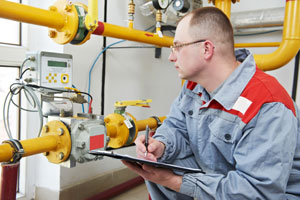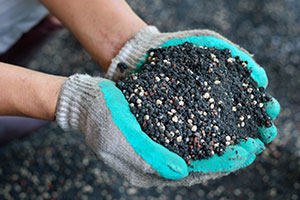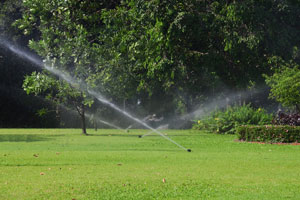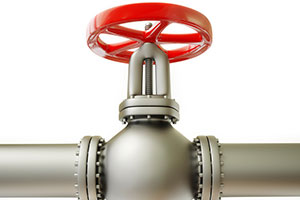When your manufacturing plant is operating and you’re responsible for the pumping system’s management, you know you need to keep everything working at optimal conditions.

But how do you get your system working at peak efficiency? Here are some great tips to help get you started:
Boost Efficiency
To start with, you’ll want to boost efficiency in your plant. Are there any problem areas that could function better with upgrades? Systems with issues tend to lead to more problems as other parts of the system have to take up the slack. Fixing the problem areas helps head off issues in other parts of the pumping system.
Track Effectiveness through Metering and Inspections
Adding the ability to track your system’s effectiveness helps you monitor when part of the system isn’t performing as well as it should. Whether you’re adding in flow meters or similar technology, tracking your system’s performance helps you catch necessary repairs before they become big problems.
Perform Necessary Maintenance
By performing necessary maintenance on your equipment, it helps ensure that the components continue working effectively. If you don’t already have a maintenance schedule written out, take a look at all your equipment manuals and write one out, with a checklist to help record your actions. When you have records of your maintenance tasks, it helps document what’s been done if any warranty issues arise.
See to Repairs Before They Cause More Problems
If you come across any problems either during inspections or routine maintenance, you’ll want to have them repaired as quickly as possible to keep your plant running smoothly. Unfortunately, getting parts for some pieces of equipment, especially rare or older equipment, can be a difficult proposition. If you can’t get the parts, you’ll need to have them fabricated by a company experienced in industrial or commercial systems.
Now that you’ve reviewed ways to optimize your plant’s system, why not put some of these ideas into action? Take a look at how your plant is operating, have necessary maintenance and inspections performed, see that repairs are made before they turn into serious problems, and your plant will operate better than ever. If you have any questions or need help in planning your system’s improvements to optimize operations, please feel free to contact us. At W.P. Law, we’re always happy to help you meet your plant’s needs.











